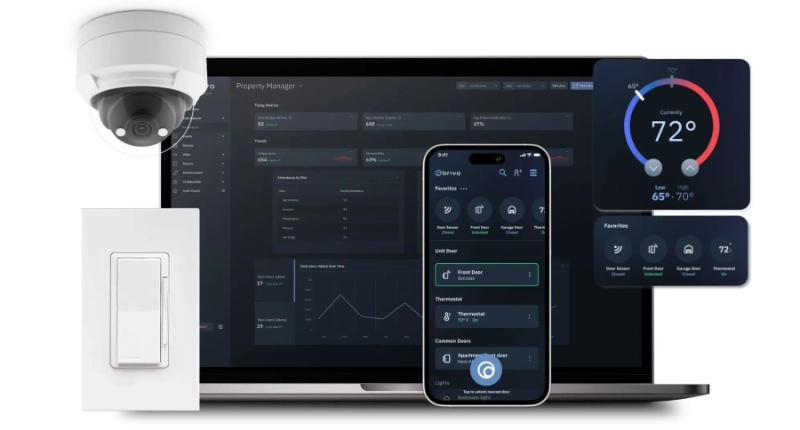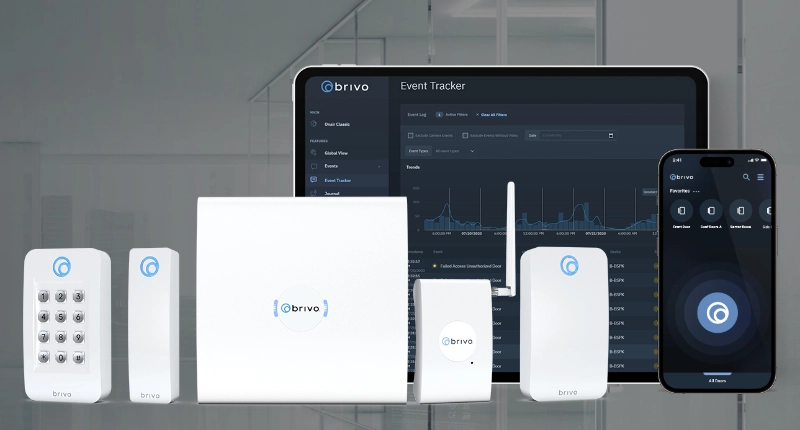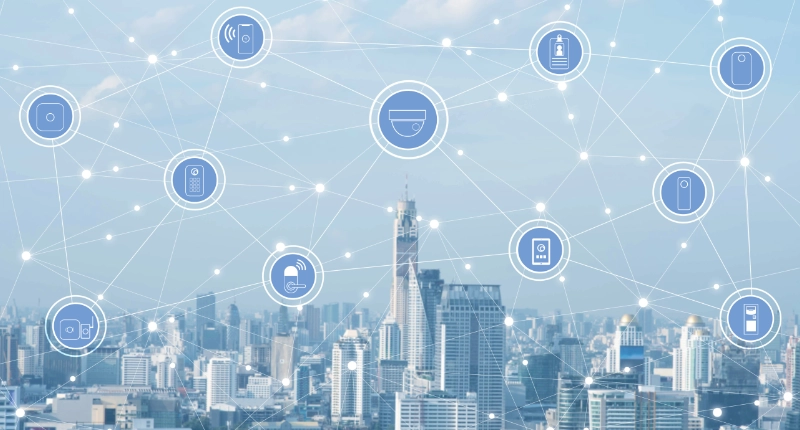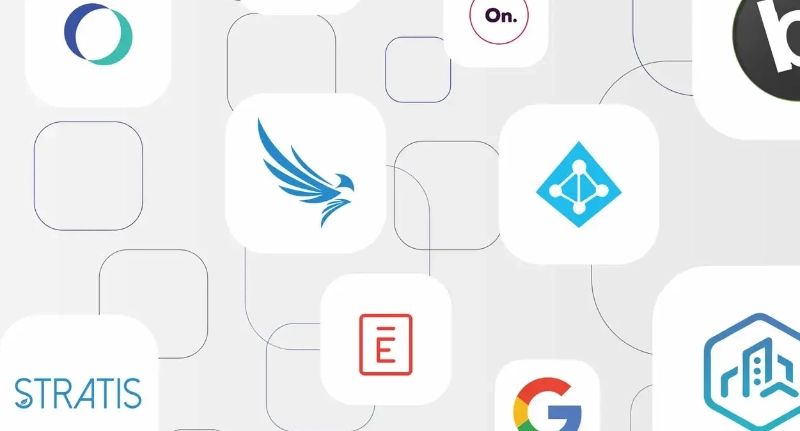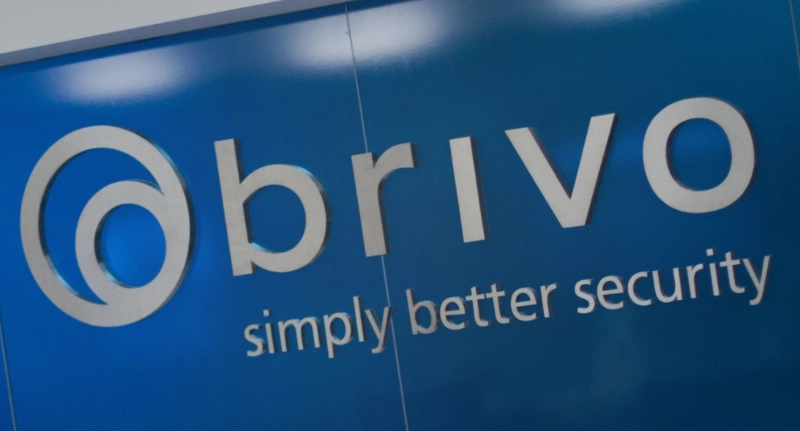Digital, or cyber, security is playing a larger role in physical security as the latter moves toward more cloud-based solutions. While the shift holds great promise, it’s important to understand the risks and to develop plans and policies that address them.
The PSA Security Network says:
“The integration between physical security and IT continues to become more commonplace. While the benefits of merging the two have been lauded from the beginning, unexpected pitfalls continue to make headlines. Digital technology changes quickly. More of our data is stored in the cloud. Cyber-crimes are increasingly more frequent. All this means that physical security providers now find themselves faced with identifying, assessing, and monitoring cyber security risks.”
Think of the situation this way: when avian flu was a potential global pandemic, it wasn’t only the CDC that went to work. Universities, local hospitals, and other institutions established protocols and guidelines, too. They identified the risks, then assessed and monitored them.
Those guidelines weren’t meant to serve only in the event of an outbreak. They were designed to prevent them from happening in the first place. The same is true of physical and digital security.
When you plan for the worst-case scenario, you’re better able to respond before ever reaching that stage. The physical environment and the digital data stay safe because you were proactive. You took steps to protect the building and the people found within it.
The best defense
The saying, “The best defense is a good offense,” is a familiar one. Flip-flop the words in a physical and digital security context, and the statement still holds true. The best offense often is a good defense. When the shield is in place, it’s much more difficult to penetrate to sensitive data or to gain access to a building.
Getting the shield in place, however, can be viewed as an offensive maneuver. It needs to go into place long before an enemy, be it physical or digital, ever is spotted. Offense and defense go hand-in-hand. Dedicate resources to both so that you’re rarely caught off-guard.
Know the risks
What are the risks when it comes to physical and digital security? It varies from organization to organization. Your business may not have to follow the same regulations as a financial institution or government building does.
Learn what the external policies are. If internal ones aren’t already in place, work with IT, physical security personnel, and developers to craft them. Working with a team will produce consensus and lead to best practices and guidelines that have a positive impact throughout the organization.
Assess and monitor
Once the risks are known, implement tools that can monitor and analyze them. Regularly review logs of both digital and physical access. Know who’s accessing what, where, and when. Use that information to refine policies and procedures as well as day-to-day management and workflow.
Also identify who’s responsible for that monitoring and assessment. Develop response teams for physical and digital incidents. Give them the knowledge and power to respond to developing situations.
Want to learn more about the benefits of cyber security in the physical security sector and best practices for controlling the risks? Contact us today!



